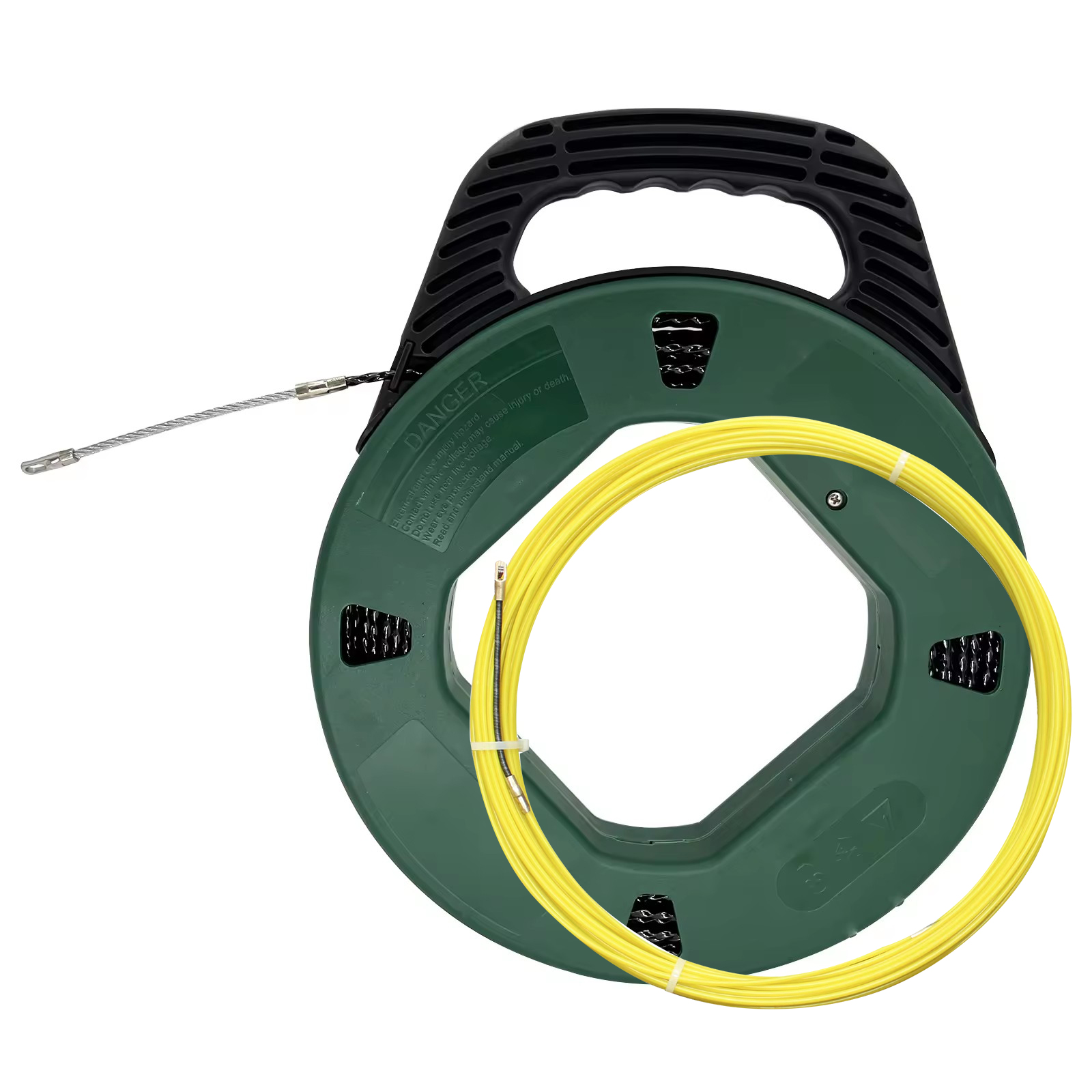
-
 Afrikaans
Afrikaans -
 Albanian
Albanian -
 Amharic
Amharic -
 Arabic
Arabic -
 Armenian
Armenian -
 Azerbaijani
Azerbaijani -
 Basque
Basque -
 Belarusian
Belarusian -
 Bengali
Bengali -
 Bosnian
Bosnian -
 Bulgarian
Bulgarian -
 Catalan
Catalan -
 Cebuano
Cebuano -
 Corsican
Corsican -
 Croatian
Croatian -
 Czech
Czech -
 Danish
Danish -
 Dutch
Dutch -
 English
English -
 Esperanto
Esperanto -
 Estonian
Estonian -
 Finnish
Finnish -
 French
French -
 Frisian
Frisian -
 Galician
Galician -
 Georgian
Georgian -
 German
German -
 Greek
Greek -
 Gujarati
Gujarati -
 Haitian Creole
Haitian Creole -
 hausa
hausa -
 hawaiian
hawaiian -
 Hebrew
Hebrew -
 Hindi
Hindi -
 Miao
Miao -
 Hungarian
Hungarian -
 Icelandic
Icelandic -
 igbo
igbo -
 Indonesian
Indonesian -
 irish
irish -
 Italian
Italian -
 Japanese
Japanese -
 Javanese
Javanese -
 Kannada
Kannada -
 kazakh
kazakh -
 Khmer
Khmer -
 Rwandese
Rwandese -
 Korean
Korean -
 Kurdish
Kurdish -
 Kyrgyz
Kyrgyz -
 Lao
Lao -
 Latin
Latin -
 Latvian
Latvian -
 Lithuanian
Lithuanian -
 Luxembourgish
Luxembourgish -
 Macedonian
Macedonian -
 Malgashi
Malgashi -
 Malay
Malay -
 Malayalam
Malayalam -
 Maltese
Maltese -
 Maori
Maori -
 Marathi
Marathi -
 Mongolian
Mongolian -
 Myanmar
Myanmar -
 Nepali
Nepali -
 Norwegian
Norwegian -
 Norwegian
Norwegian -
 Occitan
Occitan -
 Pashto
Pashto -
 Persian
Persian -
 Polish
Polish -
 Portuguese
Portuguese -
 Punjabi
Punjabi -
 Romanian
Romanian -
 Russian
Russian -
 Samoan
Samoan -
 Scottish Gaelic
Scottish Gaelic -
 Serbian
Serbian -
 Sesotho
Sesotho -
 Shona
Shona -
 Sindhi
Sindhi -
 Sinhala
Sinhala -
 Slovak
Slovak -
 Slovenian
Slovenian -
 Somali
Somali -
 Spanish
Spanish -
 Sundanese
Sundanese -
 Swahili
Swahili -
 Swedish
Swedish -
 Tagalog
Tagalog -
 Tajik
Tajik -
 Tamil
Tamil -
 Tatar
Tatar -
 Telugu
Telugu -
 Thai
Thai -
 Turkish
Turkish -
 Turkmen
Turkmen -
 Ukrainian
Ukrainian -
 Urdu
Urdu -
 Uighur
Uighur -
 Uzbek
Uzbek -
 Vietnamese
Vietnamese -
 Welsh
Welsh -
 Bantu
Bantu -
 Yiddish
Yiddish -
 Yoruba
Yoruba -
 Zulu
Zulu


Oct . 01, 2024 17:13 Back to list
Understanding the Basics and Functionality of Electroscopes in Science Education
The Electroscope Unveiling the Secrets of Static Electricity
The electroscope, an intriguing scientific instrument, serves as one of the earliest devices to detect electric charges. Invented in the 18th century, it paved the way for our understanding of electricity and its fundamental properties. While seemingly simple in design, the electroscope effectively demonstrates the principles of static electricity, allowing both scientists and students to visualize unseen forces at play.
At its core, the electroscope consists of a metal rod connected to two thin metal leaves, typically made of gold or aluminum. When the rod is charged with electricity, it causes the leaves to repel each other, moving apart. This phenomenon occurs because like charges repel; therefore, if the rod carries a positive or negative charge, electrons either move towards or away from the leaves, resulting in their similar charge and subsequent separation. Observing this movement provides a clear visual representation of electric charges at work.
The operation of an electroscope involves a simple yet effective process. To test a potential charge, an object, such as a charged glass rod or plastic comb, is brought near the metal rod without touching it. This induces a charge separation in the electroscope. If the object is positively charged, it will attract electrons from the leaves, making the leaves positively charged as they lose electrons, and they will rise apart. Conversely, if the object is negatively charged, it will push electrons away, leaving the leaves with an overall negative charge, thereby causing them to repel each other. This fundamental mechanism showcases the basic principles of electrostatics in an accessible way.
the electroscope

Electroscopes can also be used to determine the nature of the charge on an object. By using known charged materials, one can perform comparative studies; if the electroscope's leaves diverge further when a particular object is brought close, the nature of that object's charge can be identified. This capability not only fosters a deeper understanding of electric forces but also serves as an entry point for students into the broader field of physics.
Despite being a relatively simple device, the electroscope has several applications beyond educational demonstrations. Historically, it played a crucial role in the development of theories regarding electricity. Scientists like Benjamin Franklin utilized electroscopes to conduct experiments that led to significant advances in our understanding of electric charge distribution, grounding, and lightning.
In modern times, while more sophisticated electronic devices have replaced the electroscope for many practical purposes, its educational value remains unmatched. Classroom demonstrations using electroscopes continue to engage students, making abstract concepts tangible. Furthermore, the principles behind the electroscope find applications in various fields, including material science and electrostatic discharge management.
In conclusion, the electroscope is more than just an archaic scientific instrument; it symbolizes the evolution of our understanding of electricity. By allowing us to observe electric charges and their interactions, it opens the door to a world of scientific inquiry that continues to shape technology and education today. Whether in a laboratory or a classroom, the electroscope will always hold a special place in the exploration of the fundamental principles of physics.
Latest news
What Are Construction Tools and How Are They Used?
NewsJul.11,2025
Professional-Grade Duct Rodding Tools for Superior Cable Installation
NewsJul.11,2025
Enhancing Safety and Efficiency with Modern Hot Stick Solutions
NewsJul.11,2025
Empowering Cable Installation with Advanced Rodder Solutions
NewsJul.11,2025
Elevate Your Cable Installation Projects with Cable Pulling Tools
NewsJul.11,2025
Efficient Cable Handling Solutions: Cable Rollers for Sale
NewsJul.11,2025











